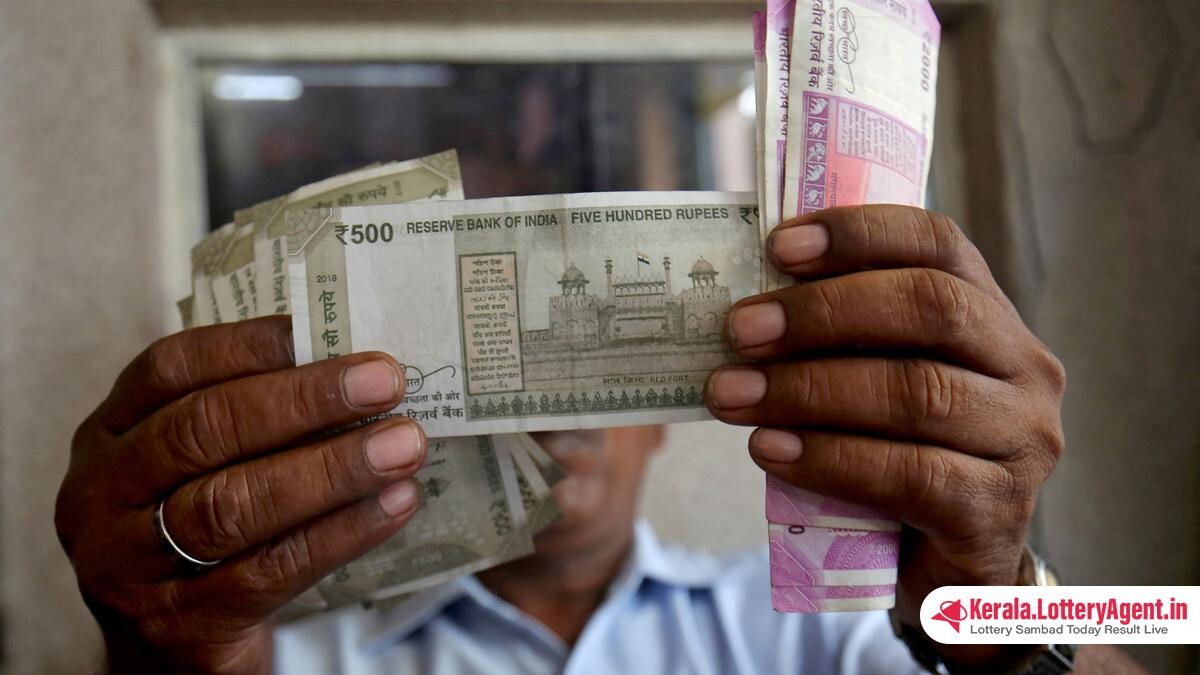
The Indian currency found itself on an upward trajectory after recent lows, climbing 12 paise to 83.49 against the U.S. dollar in early trading on the 18th of April. Strengthening was attributed to a positive swing in domestic stocks and a favorable wave amongst Asian currencies.
Market watchers observed the local unit, the rupee, as it gathered momentum, with the retreat of the American currency from its earlier peaks significantly impacting the exchange dynamics. Participants within the interbank foreign exchange sphere witnessed the rupee’s initial opening at 83.51 per dollar, which slightly strengthened to 83.49 during the initial trade, reflecting a 12 paise ascent from its preceding close.
Not so long ago, specifically on Tuesday, the Indian rupee had taken a hit, declining by 17 paise which resulted in it touching the critical level of 83.61 against the dollar, a low that the currency experienced for the second time within a span of four weeks.
Further influencing the market was the observance of Ram Navami, an event that led to the closure of forex and money markets on Wednesday.
The preceding trading session witnessed the rupee close at an all-time low, however, the new day saw it open around the 83.51 mark, mirroring the slight gains enjoyed by other Asian currencies in relation to the dollar. Anil Kumar Bhansali, Head of Treasury and Executive Director at Finrex Treasury Advisors LLP, highlighted this upswing. According to his analysis, the rupee was anticipated to oscillate between 83.45 and 83.65. This expectation was predicated on several factors, including foreign portfolio investors (FPIs) and oil companies purchasing dollars, and the Reserve Bank of India (RBI) possibly stepping in to sell the American currency, as it likely did on the previous Tuesday with interventions estimated at around $2 billion.
Broadening our gaze to the global benchmark, the dollar index, which is an indicator of the U.S. dollar’s potency against a collection of six major world currencies, showed a marginal decline of 0.07%, standing at 105.88.
The shift in the dollar’s path was also influenced by the market’s evaluation of comments from Federal Reserve officials, which solidified the notion that U.S. interest rates would maintain their restrictive stance for an extended period.
Shifting the focus to the global oil landscape, Brent crude futures, the commonly referenced benchmark, experienced a small rise of 0.33%, settling at $87.58 for each barrel.
Within the panorama of the domestic equity market, indicators pointed to an uptick. The BSE Sensex, comprised of 30 shares, saw an ascent of 226.69 points, which is tantamount to a 0.31% rise, bringing the index to 73,170.37 during the early trades. Concurrently, the broader NSE Nifty climbed 89.05 points or rounded off to a 0.45% increase, inducting the index to 22,236.95.
Foreign Institutional Investors (FIIs) pulled back their positions on Tuesday, as per the exchange data, resulting in them being net sellers within the capital markets, with an offloading of shares valued at ₹4,468.09 crore.
What this market activity suggests is a complex interplay between local equities, international currency fluctuations, central bank interventions, and investor motions. All these factors converge to influence the valuation and stability of the rupee in the foreign exchange market, highlighting the intricate nature of financial and currency markets worldwide.












